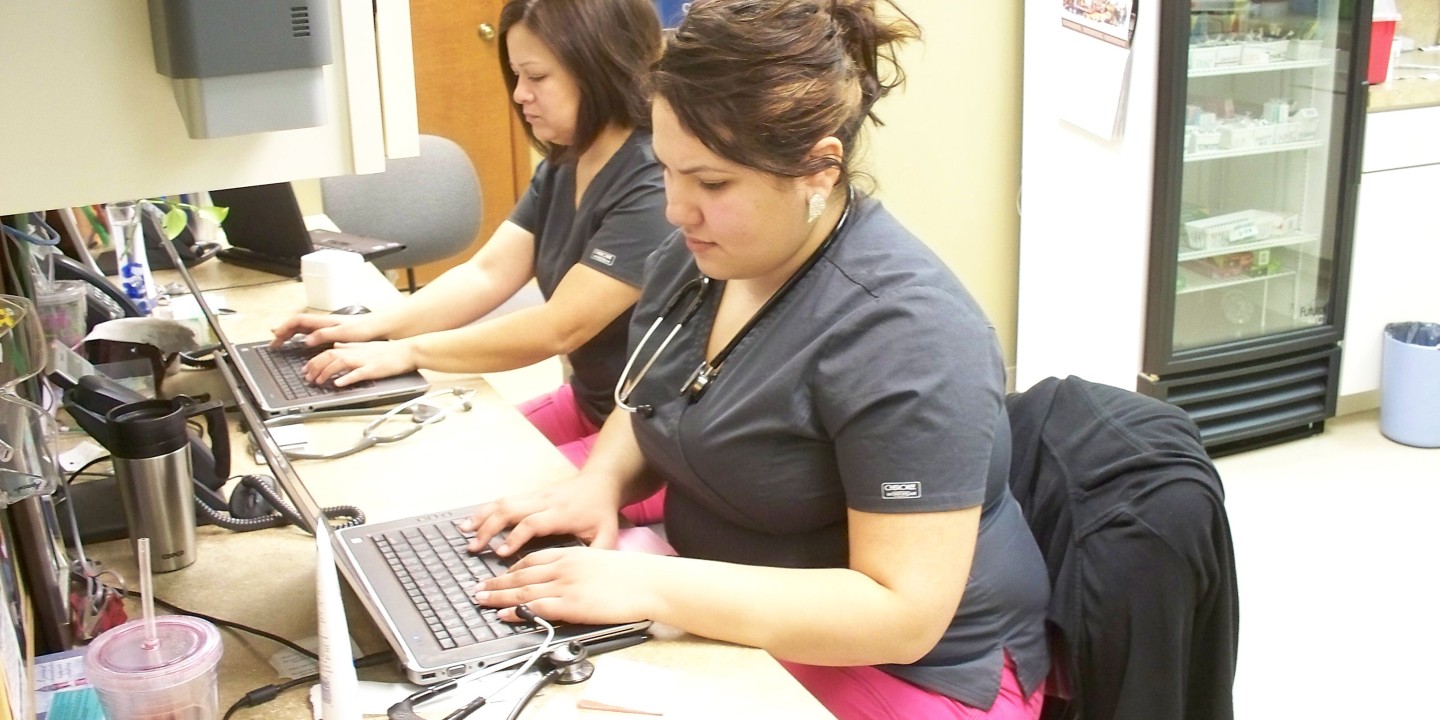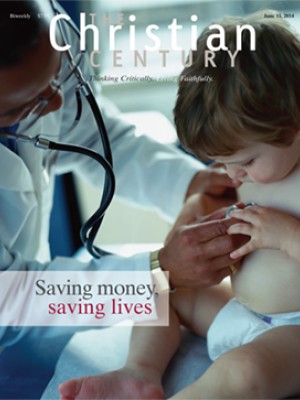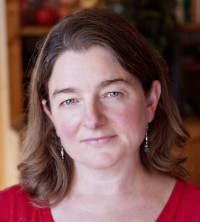Saving money, saving lives: Community health clinics and Obamacare

As I entered the Inner City Health Center in Denver to greet director Kraig Burleson, a middle-aged Korean man suddenly appeared at the door. With gestures and limited English, he showed Burleson a homemade map indicating the clinic. Then he opened his mouth, showing several rotting teeth. The man’s request for health care did not need words.
Although they haven’t gotten much press, clinics like ICHC will play a major role in the health reforms launched by the Affordable Care Act. The act includes $11 billion in new funding that goes directly to clinics that serve neighborhoods where access to medical care is limited and where many people are uninsured or underinsured. The drafters of the ACA wanted to double the capacity of community health centers as early as 2015. The act has been funneling federal money to them since 2011.
Read our latest issue or browse back issues.
For decades, community health clinics existed on the margins of the health-care world. But now, according to Sara Rosenbaum, a health policy expert at George Washington University, they are critical to the system.
The expansion of community health centers is especially important in the 25 states that have accepted the expansion of Medicaid to people with incomes up to 133 percent of the federal poverty income level. This group includes many single people without children. By the end of March, 4.4 million people had signed up for Medicaid (a number that includes people who discovered their eligibility while seeking insurance on the exchange)—and those millions of people need somewhere to go for medical help. That’s where community clinics come in.
Colorado is one of the states that has accepted the Medicaid expansion, so ICHC is poised to receive a considerable amount of new funding in Medicaid reimbursements. ICHC uses a sliding fee scale to allow patients to pay according to ability. In the case of Medicaid patients, however, the clinic can get reimbursed for care, meaning more funds will be available to serve those who remain uncovered. (It’s expected that a large number of them will be undocumented residents.)
T. R. Reid, a board member of Colorado Coalition for the Homeless, said the Medicaid expansion has made an enormous difference in the free clinic that his coalition runs.
“We treat everybody who shows up. We used to be paid for 5 percent of our visits. With the Medicaid expansion, it’s over 60 percent. We are using the money for a $35 million project to double the size of our health center. Our experience leads me to question why any governor would turn down the Medicaid expansion.”
The financial calculus is different at Maple City Health Care Center in Goshen, Indiana, because that state rejected the expansion of Medicaid. Yet the clinic is still expecting to play a major role in the implementation of the ACA and in the future of health care. The reason? Its exemplary role in providing managed care.
In 2011, Maple City director James Gingerich received an unexpected call from the local hospital. Indiana University Health Goshen wanted to give MCHCC a brand new campus, double its capacity to serve patients, and create a long-term partnership. Even without the expansion of Medicaid, IU Health recognized that Maple City provided a model for containing costs—a model that the hospital needed to learn from.
Care at Maple City is driven by relationships with patients, Gingerich noted, whereas care at hospitals has been driven by fees. That model is changing with the implementation of the ACA.
“Instead of hospitals making money from fee-for-service, all of sudden they are getting a fixed amount to manage and cover a certain number of lives,” said Gingerich. Hospitals are realizing, he said, that doctors who order lots of tests are going to drive them bankrupt. “All of these paths that used to generate more revenue are no longer going to be generating more revenue. They are just going to be associated with increasing costs.”
Maple City Health Care has been effectively managing costs for decades. Ironically, it does this by not focusing on costs. Care is based on three principles: building long-term relationships with patients, offering integrated care, and empowering people.
“In 2011, we had the top quality score in the entire state,” said Gingerich. “At the same time, we had the lowest cost per patient in the entire state. In the last 15 years, we have consistently been saving the system 40 percent . . . by keeping people out of the emergency room and keeping them out of the hospital.”
Maple City emphasizes the importance of office visits. Patients may make four or five times the number of visits that they would make at other doctors’ offices. While this approach might seem time-consuming, expensive, and unnecessary, the doctors at Maple City believe it allows them to cultivate relationships with patients that prevent larger health problems from occurring.
Gingerich, a graduate of Goshen College, founded the clinic in 1988 because he wanted to be involved in the community. He began by leasing an unused fire station from the city for $1 a year. The clinic organized a board composed of local residents and began offering low-cost health care to the mostly uninsured residents of the neighborhood.
In Denver, Burleson also believes that demand for the kind of care that Inner City provides is going to grow. For one thing, his clinic is adept at serving people who have delayed their health care for a very long time.
“Most providers are not prepared for the complexity that is going to walk in the door,” Burleson said. Most medical practices assume that a patient will get 15 minutes with the doctor, who will address one issue and move on. At ICHC, however, “doctors are used to people coming in with very complicated situations.”
“There is not a whole lot that turns us off,” said Burleson. “We don’t shrink at the challenges that are facing this system.”
He believes that ICHC can be a significant benefit for people who have had no prior connection to the health-care system.
One thing that sets apart both of these clinics is their investment in and outreach to their communities. ICHC has a Congregational Health Ministries branch that goes out to churches to offer screenings, hold health fairs, and teach classes. Because of this outreach, ICHC is positioned to provide critical help as people attempt to navigate the new system.
At ICHC, congregational outreach workers create what Burleson calls a “conduit to care.” When someone is identified through a screening as having a health problem, that person may be reluctant to follow up with a doctor. “People say, ‘I don’t feel bad—and I have to go to work and then pick up my kids.’” So they put off a visit to the doctor and let health problems get worse. ICHC’s outreach workers provide the follow-up contact, what Burleson calls “conversation in community.” He said this approach is crucial to reaching people before their health problems get out of control. This is the kind of life-saving and cost-saving method in which clinics like Maple City and ICHC excel.
At ICHC, an enrollment specialist helps people apply for Medicaid. If they are not eligible for Medicaid, they are then referred to the Center for African American Health, a partner group, which guides people through the process of registering on the state’s insurance exchange, called Connect for Health Colorado.
ICHC was the brainchild of a mission-oriented doctor and his wife who lived in the Denver suburbs and felt, Burleson said, “that they should be doing something more.” In the Denver neighborhood of Five Points, they found well-organized churches and community groups that were ready to support their effort and help them negotiate the racial and cultural divides in the area.
Maple City has also hired navigators who are trained to help people work through the intimidating federal system, healthcare.gov. To date, navigators have helped dozens of people figure out if they qualify for Medicaid or can receive health insurance subsidies through the federal health insurance exchange. Since Indiana rejected the Medicaid expansion, the navigating has been complicated. Maple City has managed to double its Medicaid enrollments per week, and its staff work with patients to help them preserve their Medicaid status. But options in Indiana for people with low incomes are more limited than in Colorado.
At Maple City, a big challenge will be handling the expected increase in undocumented patients, who will be increasingly isolated from the system. The ACA excludes undocumented people from any subsidized care. That means that clinics like Maple City will increasingly be their only option, outside of emergency rooms.
Gingerich points to the troubled logic of this decision: “If the goal is to make sure that everybody gets primary care so they don’t end up in the emergency room with expensive interventions, why exclude [the undocumented] from coverage?”
Before passage of the ACA, he said, “undocumented people faded into the broader population of poverty. Now they will be poor, undocumented, and uninsured. They will not be able to show an insurance card and will not have access to tests and medications unless they find a mechanism like a community health center.”
The Department of Health and Human Services estimates that one in four of the people who remain uninsured after full implementation of the Affordable Care Act will be undocumented residents. In some states, like California, legislatures are trying to fill in gaps left by the ACA. The DHHS acknowledges that, for these people, clinics like Maple City and the ICHC will remain their primary access to affordable care.
Another hurdle facing these clinics is one that affects the larger health-care world as well: the shortage of primary-care doctors. Maple City has developed its own response to this problem: it recently helped a community member go to medical school with a $200,000 loan. If the student decides to work at Maple City after she finishes school, the loan is forgiven. If she decides to work elsewhere, the clinic offers a low-interest repayment option.
Maple City relies on doctors willing to work well below market rate, although it does provide benefits, help with student loans, and scholarships for employees’ children. ICHC relies on volunteer doctors and believes it offers doctors the opportunity to provide care without worrying about payments and profit margins. “We tell our doctors, ‘You care for the patient. We’ll take care of the rest,’” Burleson said.






